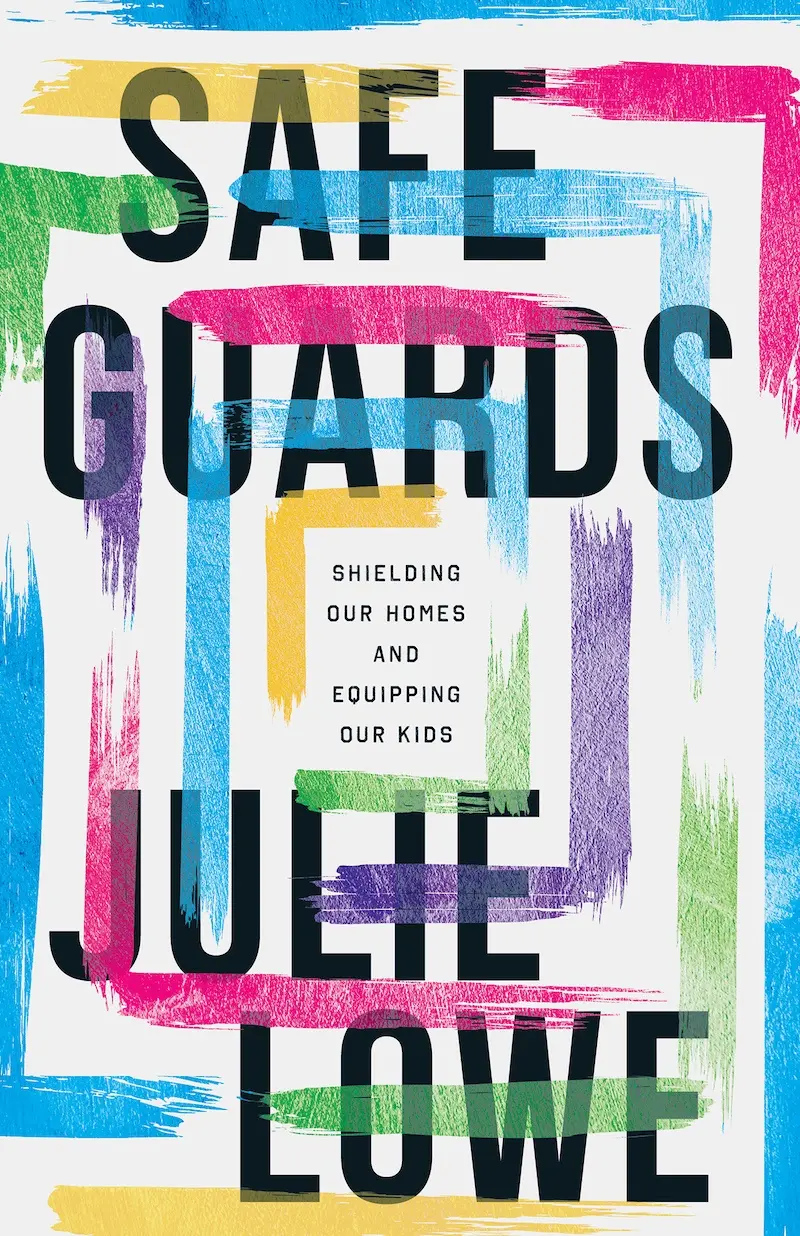The reality cannot be denied—the majority of teens are viewing pornography—whether on purpose or by accident.1 We know porn is everywhere, but I think many parents fail to realize what characterizes today’s pornography. Internet porn is made up of moving images with sounds depicting every type of sexual activity and orientation. It is dark, it is free, and it is evil.
What is worse than our children’s exposure to pornography is why they are choosing to view it. Of the children who admitted to intentionally searching for pornography, nearly two-thirds of them revealed they had done so for one or more of these reasons:
- To look for new ideas to try sexually
- To learn about sex in general
- To find out how to get better at sex
- To discover what potential partners expect from them sexually
Girls, in particular, mentioned using pornography to learn how to meet boys’ expectations.2
The Internet is providing our children with sex education, and it is the worst type. It displays a corrupted and distorted depiction of what God designed to be a wonderful expression of intimacy and oneness. Pornography lures children in, feeds their curiosity, then leaves them with images that stick. These “hooks” pull them back to look again, and what they see shapes their desires.
We can easily see the potential for great danger in this trend, yet most parents I speak with struggle to talk to their children about pornography, let alone the dangers of it. The Bible tells us that we are to shepherd our children, so we must push past what feels uncomfortable or brings up our own issues with sex. Our children are counting on it.
Scripture beckons our children to listen to our wisdom.
Hear, my son, your father's instruction,
and forsake not your mother's teaching,
for they are a graceful garland for your head
and pendants for your neck.
My son, if sinners entice you,
do not consent. (Prov 1:8–10)
Our guidance is not just a source of protection. It also beautifies our children as they become better image bearers.
To help you do what feels impossible, I will outline four negative effects of pornography and provide you with a conversation point for each. I hope that in doing so, you can see how approachable this topic can be, given the biblical truths you are already discussing at home.
- Threat: Pornography is confusing and overwhelming for children. Not only can they not process its explicit nature, but they also cannot make sense of the complex themes and messages. They will also see sex portrayed as violent and that any combination of people, sexes, and ages can be involved. This will cause them great stress, and the exposure can be traumatic for some.
- Teaching: Be honest with your child about the reality that they will someday be exposed to sexual images. They are everywhere in our digital world. Tell them that they are to do two things when they see one. Instruct them to close the window as fast as they can and then come and tell you what happened (1 Cor 6:18). Help them make sense of what they saw and offer the proper reassurances they will need to counter it. The last thing you want is your child googling to figure out what they saw or looking longer at the screen to make sense of it. You want to be their source of information and wisdom, especially about sex. We see this as the role of the parent in Proverbs, and it is one we need to lean into now more than ever. Reassure them that they are not in trouble. They were right to quickly close the screen and come tell you about it.
- Threat: Pornography will normalize unhealthy, unrealistic, and often violent attitudes and behaviors toward sex, relationships, and women. This will negatively impact children’s future behavior and relationships, as well.
- Teaching: Make it a point to regularly discuss how other media content (TV, movies, songs) impacts them (Eph 5:1–12). Then you will have the opportunity to expand these discussions to pornography. Contrast what our culture portrays with how God values women as image bearers and his design for relationships and sex. Scripture teaches us that we never use another person or relationship for our gain. Love means sacrifice and serving. Christ’s love for us is the ultimate example. Love is never selfish, and sex cannot be divorced from its meaning. It should showcase the sacrificial and serving love that spouses have for one another.
- Threat: Children exposed to pornography will have an increased risk of being addicted to pornography as adults. Young people are still learning how to manage and resist disordered desires and develop impulse control.
- Teaching: Talk to your child about how sin (especially sexual sin) is a trickster because it feels good all the while it hurts you. One of the ways it hurts you is to leave you always wanting more. The more we choose it, the more we want it. Eventually, the desire might even feel out of control. Help them think of ways to guard their hearts against regular temptations they have (Prov 4:23). Discuss what they can do to prevent, avoid, and turn from them. Then help them apply that to explicit images. Remind them that God sees what they are up to. But teach this as a comfort because God promises to be their helper in moments of temptation.
- Threat: Children who are exposed to pornography may be more vulnerable to sexual exploitation and grooming. They may be more likely to engage in risky sexual behavior like sexting which can have serious consequences.
- Teaching: Be direct about how, especially in the online world, people are not always who they say they are (Jer 9: 5–9, Matt 7:15). People who groom children seek them out online, portraying themselves as trustworthy and friendly. They exploit children’s insecurities and trust. Talk about how easy it is to pretend in the virtual world, and sometimes pretending can be dangerous. Role play is a good way to help teach your child discernment, giving them skills to prevent them from revealing too much information or photos of themselves not only with strangers but also with people they perceive to be friends.3 They must know what is dangerous and how to shut down uncomfortable and unwise conversations. Children need to understand that leaving such conversations without an explanation is not rude. It is wise.
While you should take steps to limit your children’s exposure to pornography, you also need to prepare them for it. Sadly, their exposure is inevitable. But I want to encourage you that teaching your children simple truths can springboard you into deeper and more difficult conversations about God’s design for sex and his desired protection of them. God does not want our children to be caught off guard by evil—that is why his Word is full of warnings about it. Pray for God to give you the courage and the conviction to prepare and protect your children.
•
- 50% of eleven- to thirteen-year-olds, 65% of fourteen- to fifteen-year-olds, and 78% of sixteen- to seventeen-year-olds reported having seen pornography in some way (shown/sent by someone else, searched for/stumbled upon it). “Statistics: Youth and Porn,” Enough Is Enough, accessed 6/26/2023, https://enough.org/stats_porn_industry. ↩︎
- See page 4 of Drew Harris, “The Harmful Effects of Pornography: Data on Use and Impact on Families and Communities,” Truth and Liberty Coalition, https://truthandliberty.s3.amazonaws.com/files/Pornography_Report-20220211.pdf. ↩︎
- For more help on how to teach your children safety skills, see Julie Lowe, Safeguards: Shielding Our Homes and Equipping Our Kids (Greensboro, NC: New Growth Press, 2022) and Kristen Jensen, Good Pictures Bad Pictures: Porn Proofing Today’s Young Kids (Kennewick, WA: Glen Cove Press, 2018). ↩︎




